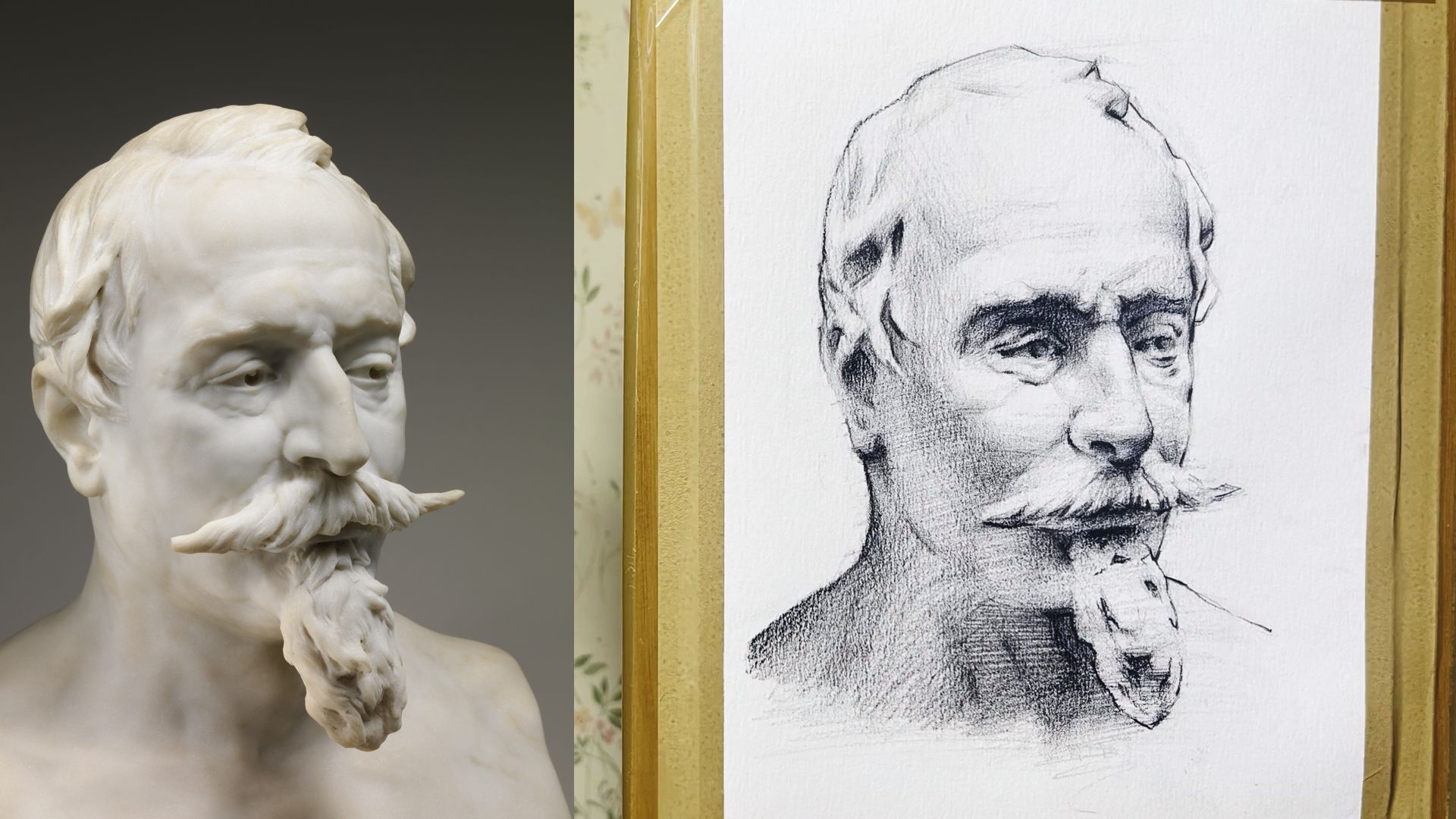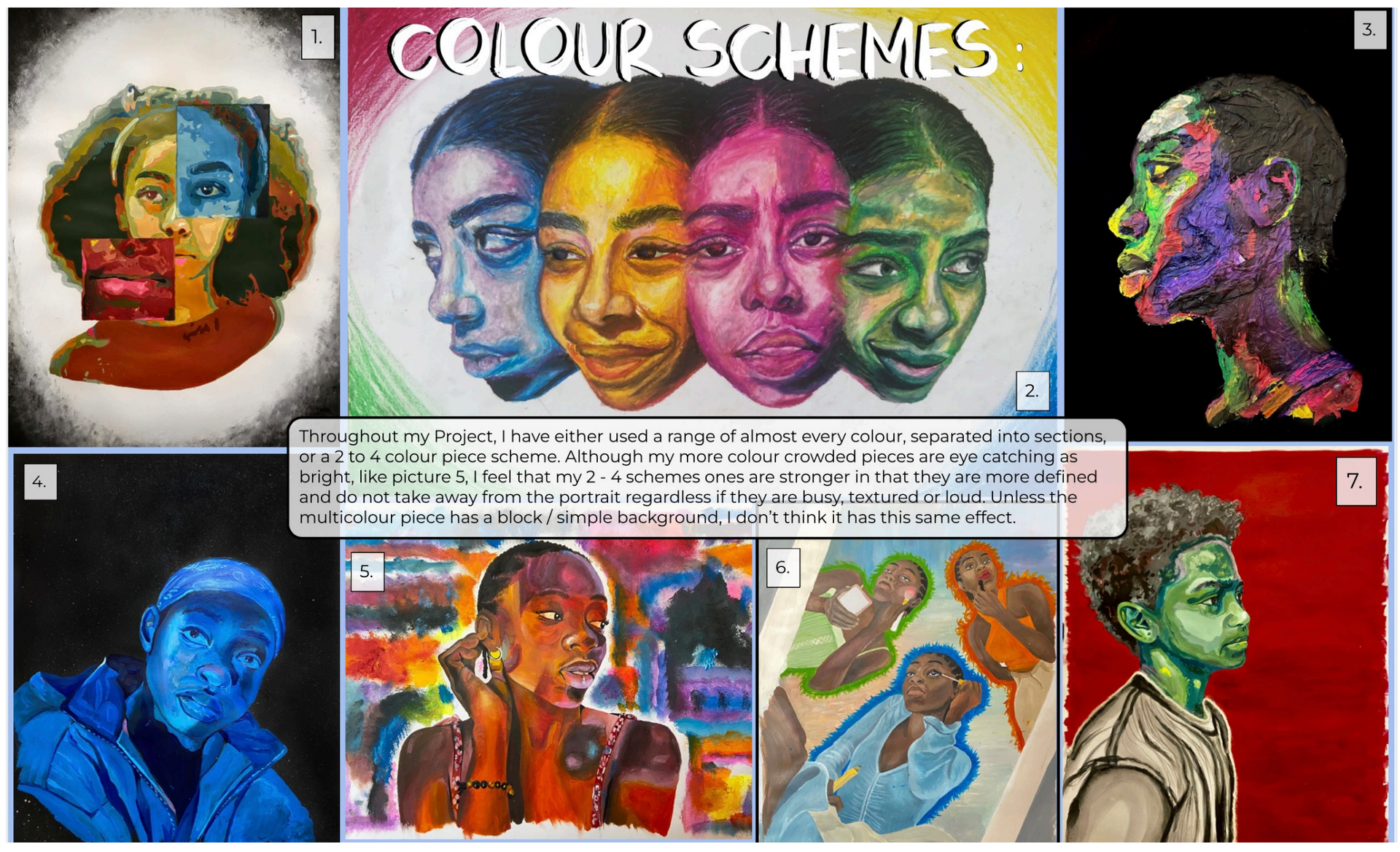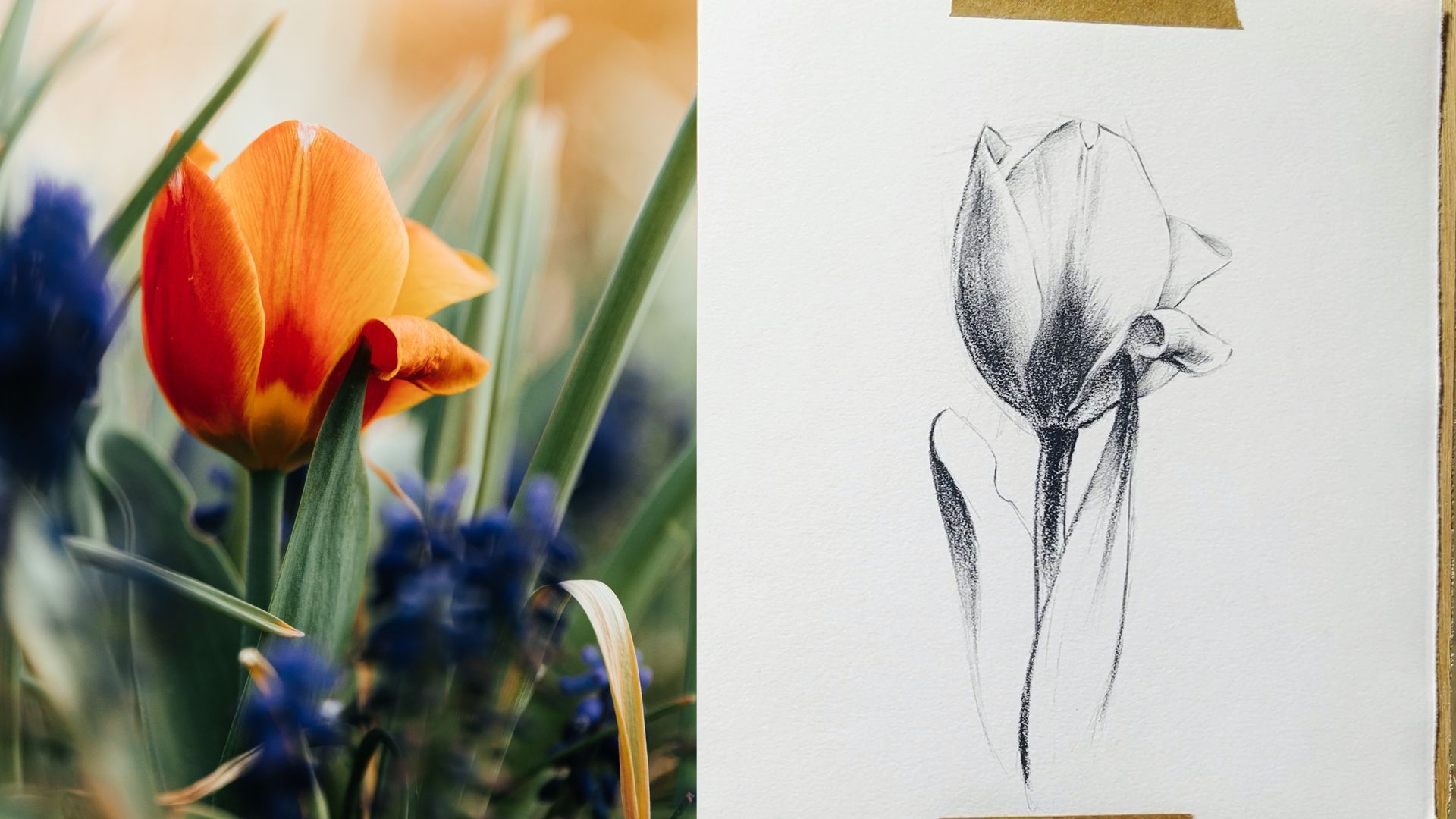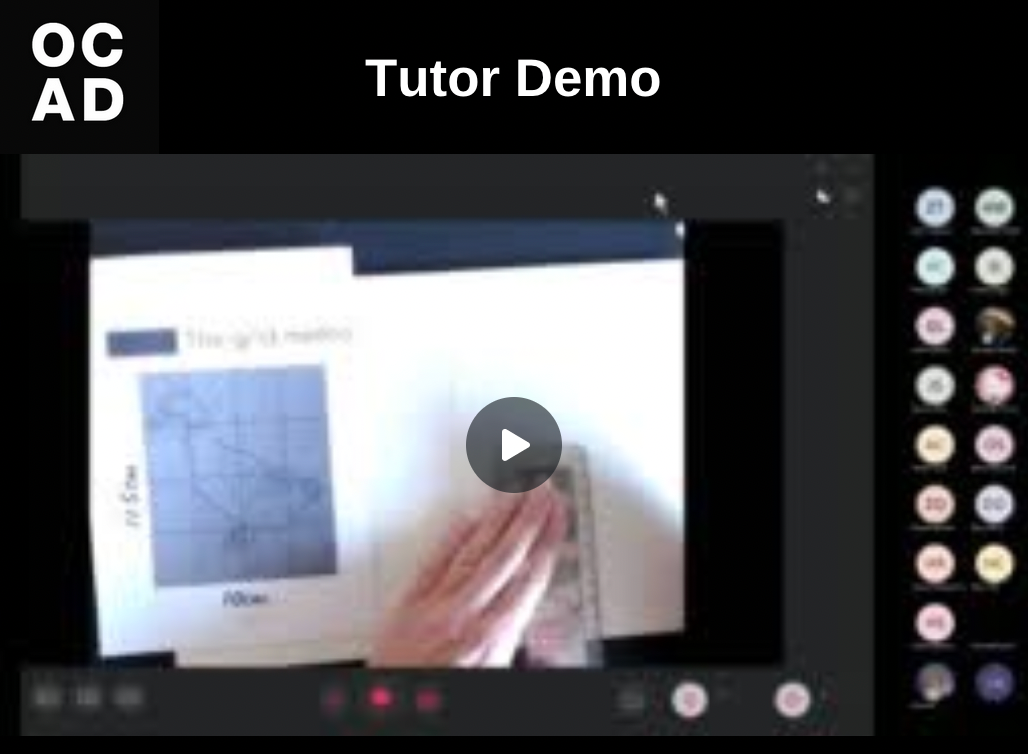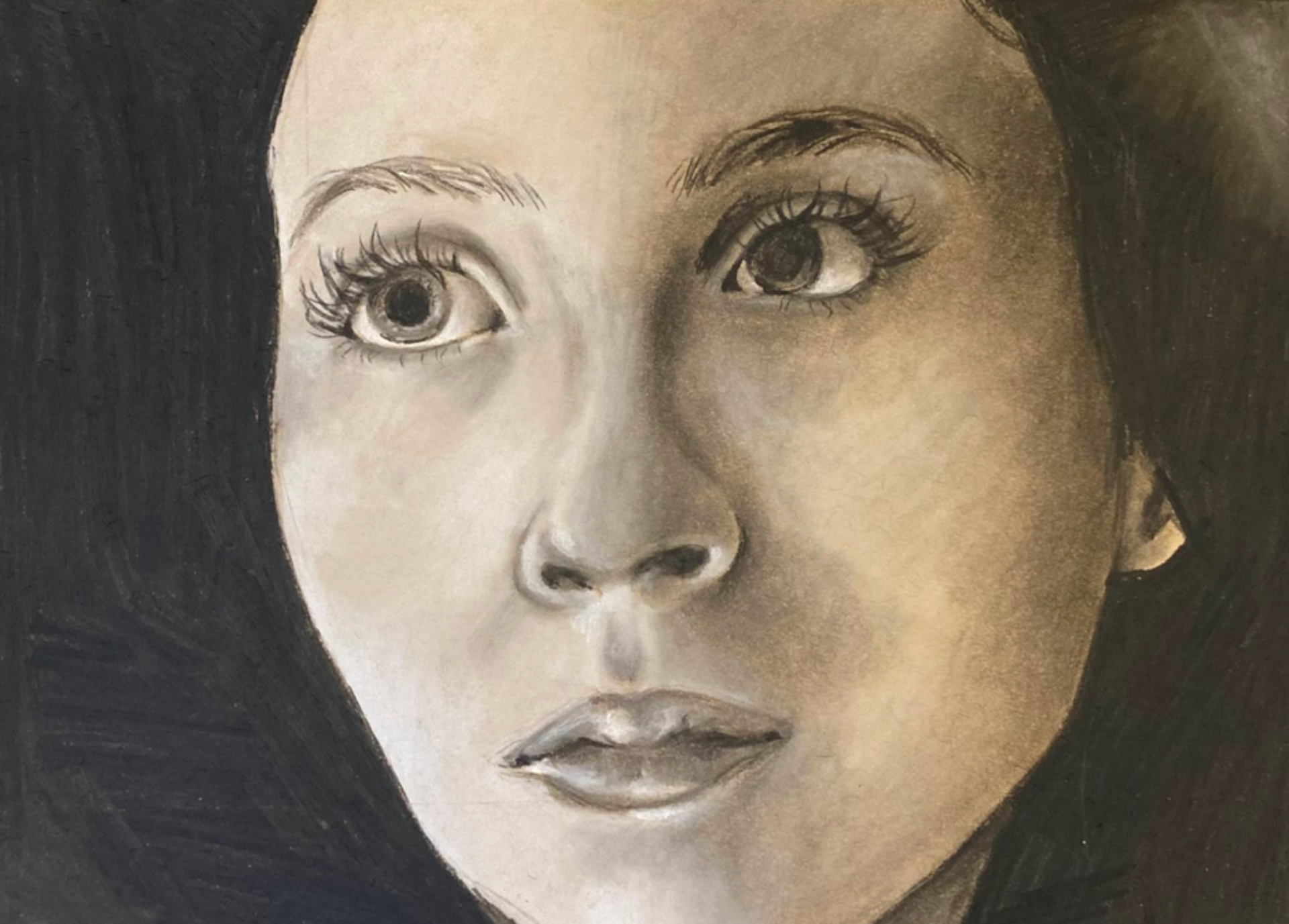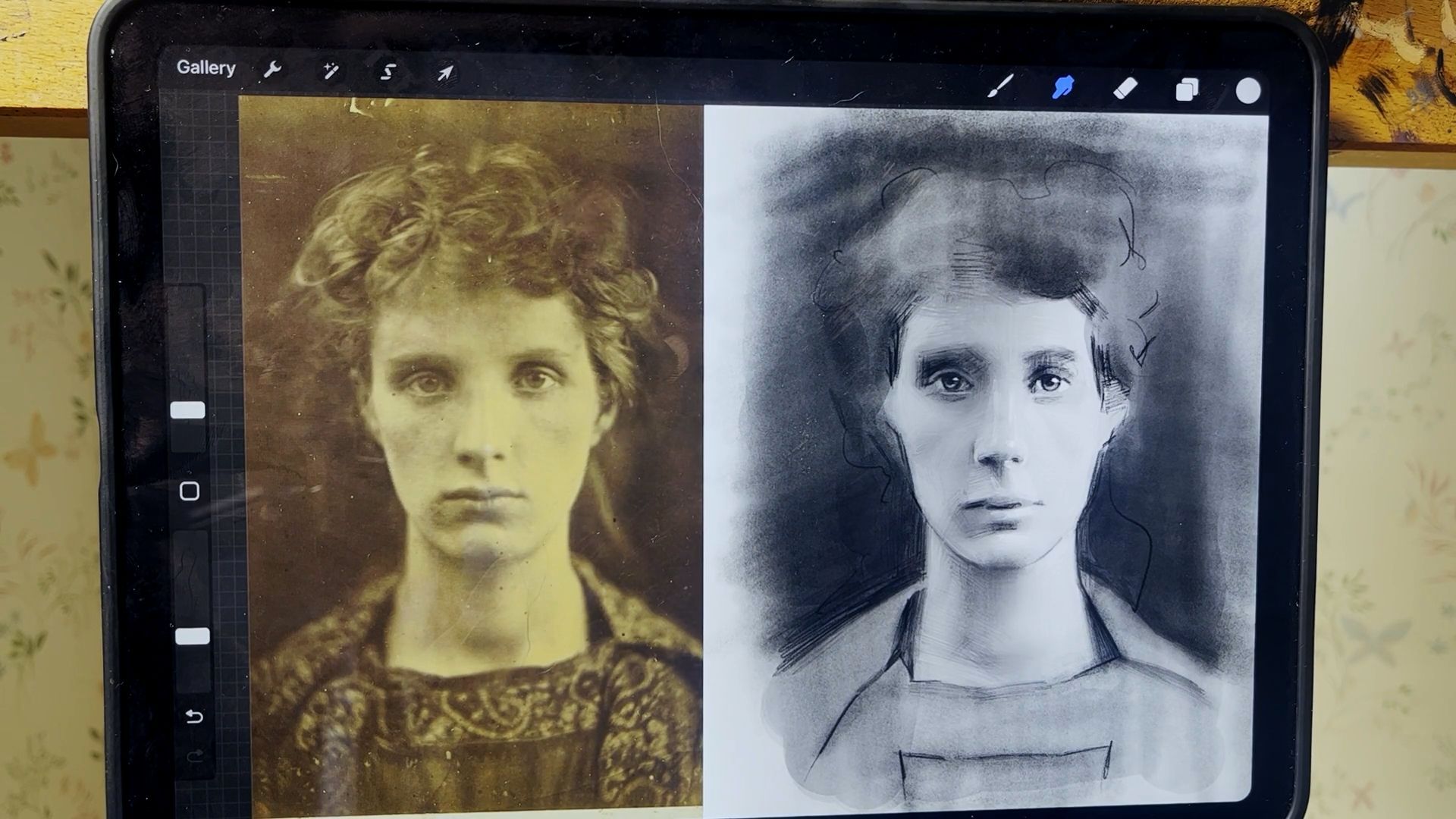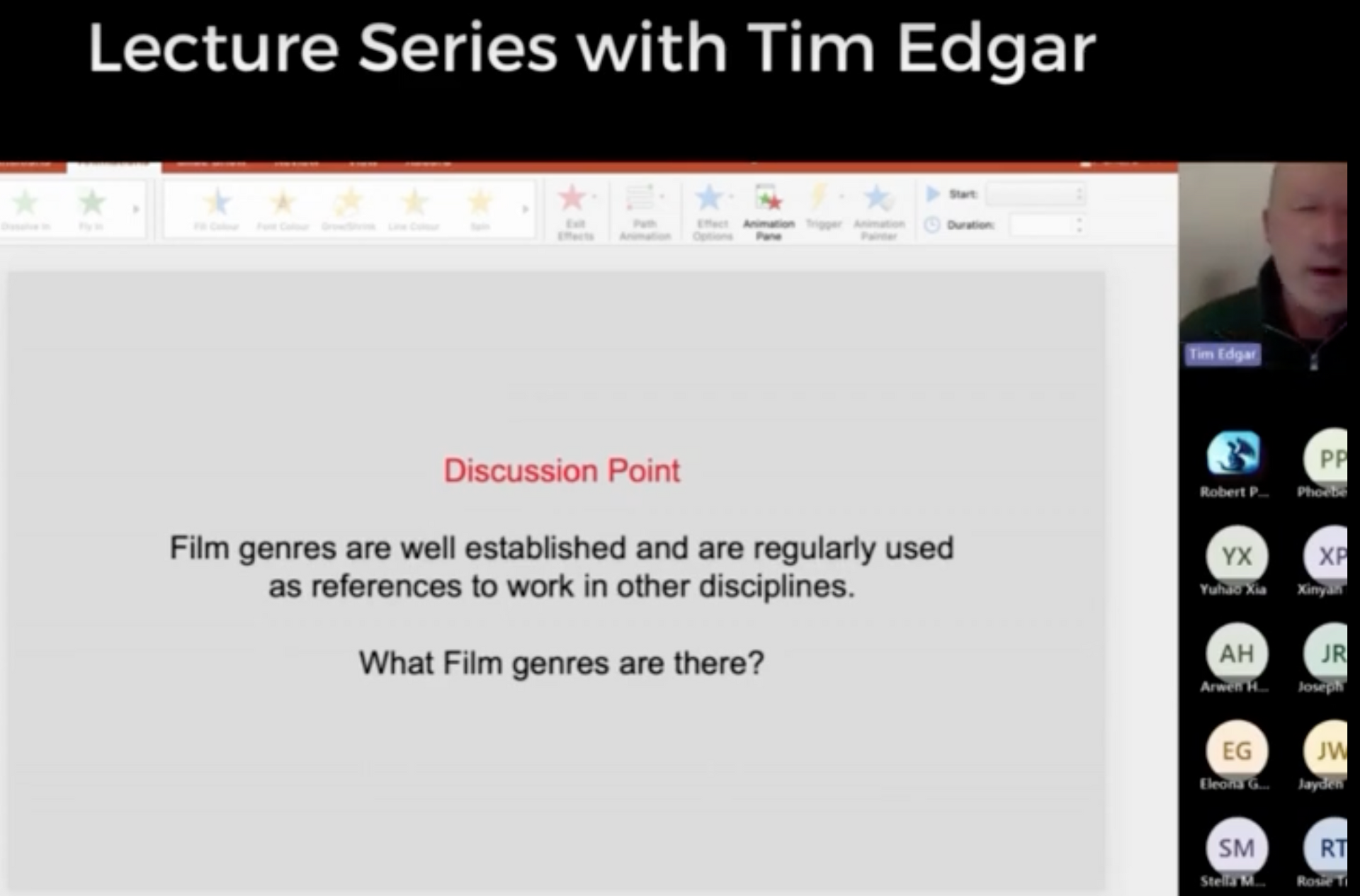Is A Level Art Hard?
Is A Level Art Hard? A Step-by-Step Guide
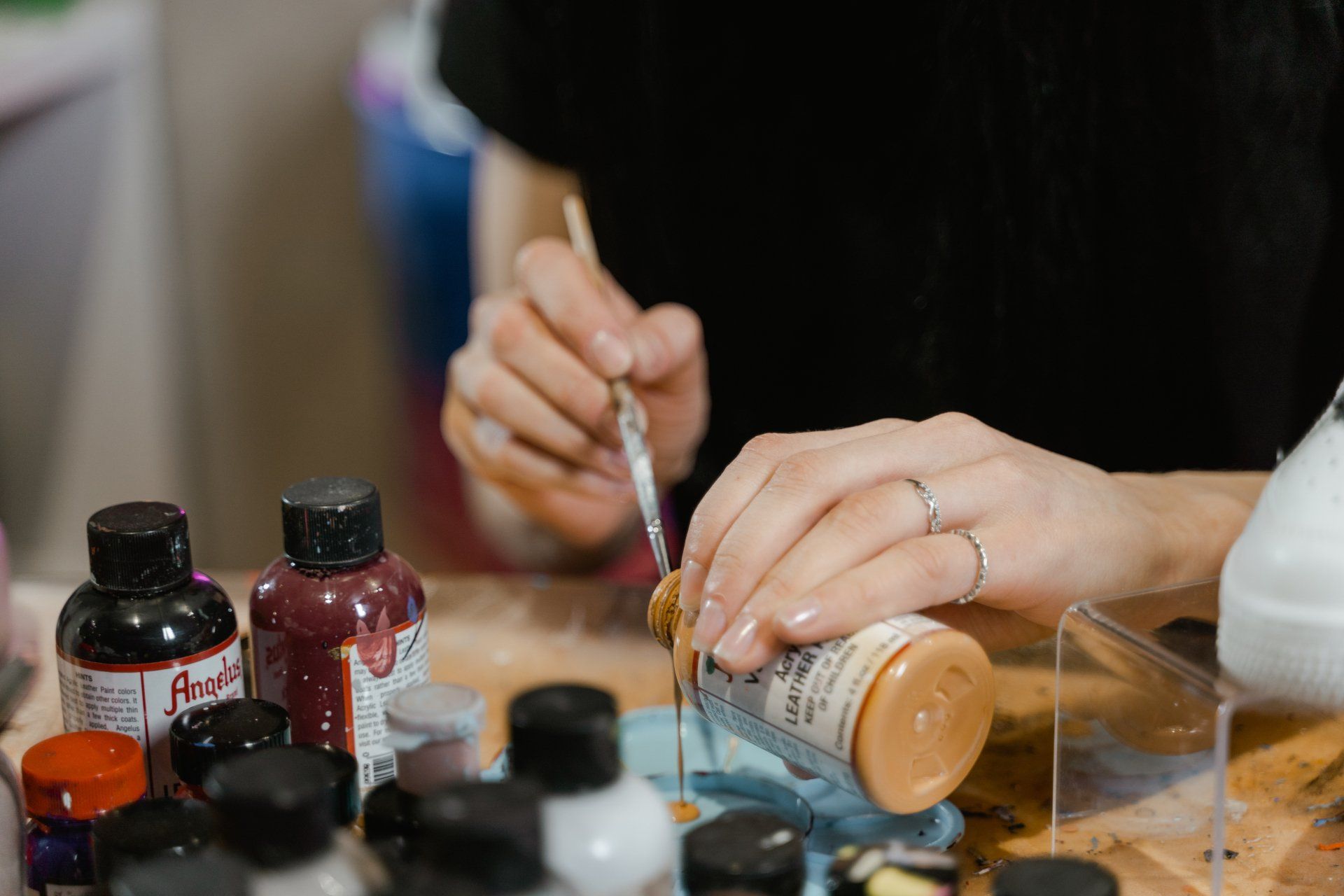
At the best of times, A Levels can be stressful. They are designed to test the mental faculties of students across a range of subjects, and require a lot of preparation and dedicated hard work to complete.
This is no different with the subject of art. Despite it sometimes not having the reputation of being a ‘hard’ subject, anyone who takes part in an Art A Level will have to overcome numerous challenges in order to become successful.
With this in mind, join us as we explore the question: Is A-Level Art hard? In it, we’ll discuss what elements of the course may prove potentially tricky, and uncover the intricacies and rewards of this creative pursuit.
What is involved in an A Level Art course?
To gauge the difficulties of an A Level art course, we must first get an understanding of what elements the course is made up of.
In essence, A Level art courses are designed to teach students not only the correct techniques and skills in creating art, but also about art as a whole. This includes learning about the history of art, and the many different types of visual art, from photography and graphic design to paintings and sculptures.
A Level art courses will place heavy emphasis on letting students dictate what type of work they want to do, and on letting them create their own portfolio. This will be done with the help of teachers who will support and guide their students through their process.
So what does the work schedule look like in practice?
The course includes two major components. First, the Personal Investigation, where you'll work on coursework, write a 3,000 word illustrated essay, and complete a final project at your own pace.
Second, there is the externally set Timed Test, where you'll have three months to work on a theme provided by the exam board and then create a final piece within a 15-hour time frame.
With the current A Level art course, there are different pathways available, which give students the freedom to explore different areas of art. These pathways include
Fine Art,
Photography, Graphic Communication,
Textiles, and
3-Dimensional Design, all falling under the broader category of Art & Design.
What makes an A Level Art course hard?
There are a number of different components to A Level Art courses that make it a difficult course. Some common challenges of the course include the critical and creative thinking, time management and the high levels of independence.
A Level Art is a course that requires a particularly high level of both critical and conceptual thinking. Students not only practise art techniques across various formats, but also learn the theory and principles behind art in general, which requires students to be adaptable in how they think.
Developing the technical proficiency to attain good grades in A Level Art forms a major part of the course, and involves working on various art styles. These styles may include drawing, painting, sculpting, photography and more.
Indeed, due to the high levels of individual freedom that A Level Art courses involve, it can give students the challenge of balancing coursework, exams and project work. This time management can be demanding, especially for students who will not have experienced this level of personal accountability at previous levels.
Why are A Level Art courses considered easier than some others?
Although this isn’t usually the case, A-Level Art courses may be perceived as relatively easier compared to some other subjects due to a few reasons.
Firstly, compared to other subjects like science or maths, A Level Art is measured and assessed subjectively. There is no definitive answer to most of the questions posed in the subject, and this flexible grading may lead to some people believing that it is easier to get higher grades without meeting strict requirements.
Some may also believe that the subject matter in art is easier to understand than in certain other subjects. Due to its large emphasis on creativity, difficulty in art tends to be based around how to interpret questions and hone practical techniques, rather than mastering advanced formulas or theorems.
However, it is worth recognising that art, while perhaps not containing these facets, is still a highly technical discipline that requires a lot of dedication. Indeed, it takes a range of hard and soft skills for students to succeed in the subject, which we’ll now explore in greater detail.

What are the key skills in A Level Art?
There are a wide range of skills that students need to develop in order to prosper in their A Level Art course. Some of the most important include creative and critical thinking, practical ability and good time management.
It goes without saying that, as with any A Level course, you need a capable and analytical mind to be able to understand the subject matter at hand. But in art, it’s also a vital skill to be able to interpret subjective concepts and either explore their meaning or use them to inspire their own work.
Likewise, it takes a good amount of dedication and practice to hone artistic techniques, whether that be drawing, painting, printmaking or any of the other practical tasks that come up on the course. Of course, provided students have the right attitude, these skills can be taught, but there is also a degree of natural ability that all art students can hone over time.
Although, no matter how much natural ability a student possesses, it is rendered somewhat meaningless if students don’t have other general skills like good time management and the ability to meet deadlines. After all, if work isn’t handed in on time, or it is rushed, then it isn’t likely to attain higher grades.
And, once the work is complete, it’s also important for artists to reflect and evaluate on their work and general progress. A level Art is specifically designed to encourage students to explore their strengths and weaknesses, and make the necessary adjustments.
Is A Level Art worth it?
Absolutely! The course offers immense value and benefits for aspiring artists. Above anything else, it provides a platform for exploring your creativity and honing your artistic skills.
Through the A Level Art course, you can develop your technical abilities, learn to think critically about art, and communicate your ideas. Students in this course have more opportunities to experiment with different mediums and techniques, think outside the box and take creative risks than in most other courses.
Moreover, A Level Art equips you with transferable skills that extend beyond the art world. These include the ability to observe and analyse, think conceptually, and appreciate classical art, which are all skills that can benefit you in various fields of study.
Put simply, A Level Art offers a rewarding and enriching experience. It provides you with the tools, knowledge, and confidence to embark on a creative path, whether you choose to pursue further studies in art or explore other avenues. So, if art is your passion, don't hesitate to embrace A Level Art.

FAQs
Is A Level Art suitable for beginners?
If you’ve never studied art to any serious degree before taking your A levels, but still want to take the A Level Art course, don’t worry. A Level Art courses usually welcome beginners with open arms, but it does help to have some confidence or enthusiasm in the subject.
A Level Art provides a supportive environment where experienced teachers offer their time and training to help students progress in their endeavours. From the fundamentals of art, to basic techniques and more, you’ll soon learn to pick up the skills you need to complete the work.
As previously mentioned, A Level Art is also really good for promoting self expression and creative independence. That means you’ll have the chance to find your own creative path, and learn at your own pace - all the while being taught about art history and contemporary practices, broadening your understanding of the general subject.
So, while it may seem daunting at first, A Level Art provides a nurturing space for beginners to grow. With dedication and a willingness to learn, you'll find yourself progressing and gaining proficiency in your course.
What can A Level Art courses lead to?
A-Level Art courses open up a multitude of pathways and possibilities for students. These may include venturing on to later studies in the subject, earning a job in the art field or progressing into different industries.
In terms of further education, A-Level Art students who achieve the required grades can pursue further education in Art & Design foundation and degree programs. These university programs will let students take on what they’ve learnt at A Level and apply it to more specified areas of art at a more advanced level.
Either way, students who graduate either from A Level Art or from a university-level course may have the opportunity to progress into a career in the arts. This may be a position as a designer, arts professional, creative director, but the list of potential careers is virtually endless.
Boost your art skills with OCAD’s Online Courses
Jumpstart your art career with the Online College of Art and Design. Our Online A Level Art Course has been designed with accessibility and intuition in mind, meaning every student is able to receive quality teaching. Our practitioners are highly specialised in helping every budding artist to realise their potential.
Our A Level Art course is entirely online, and gears you up towards university study. Find out more about the course, or
get in touch with us to learn more about what’s involved.
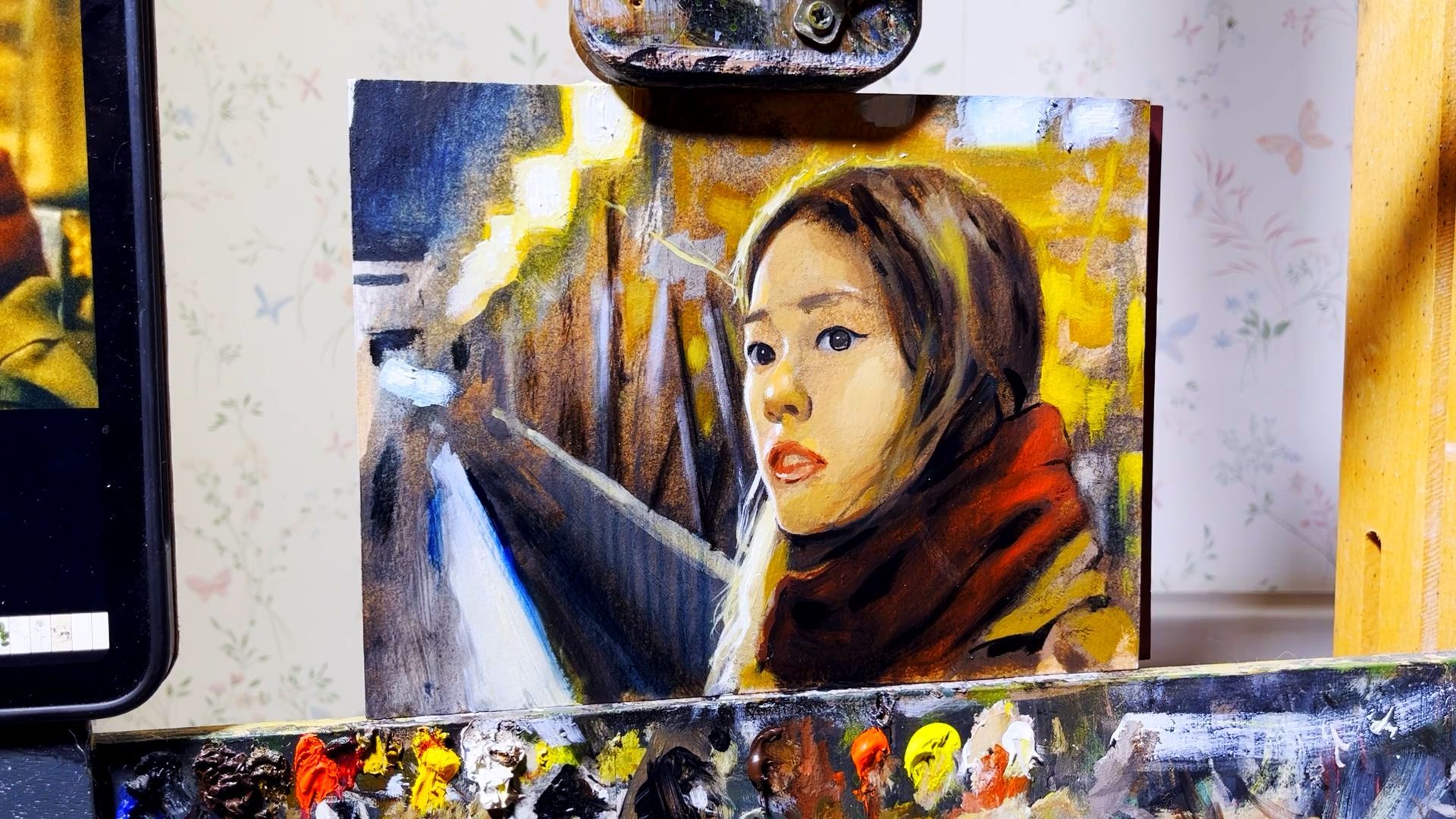
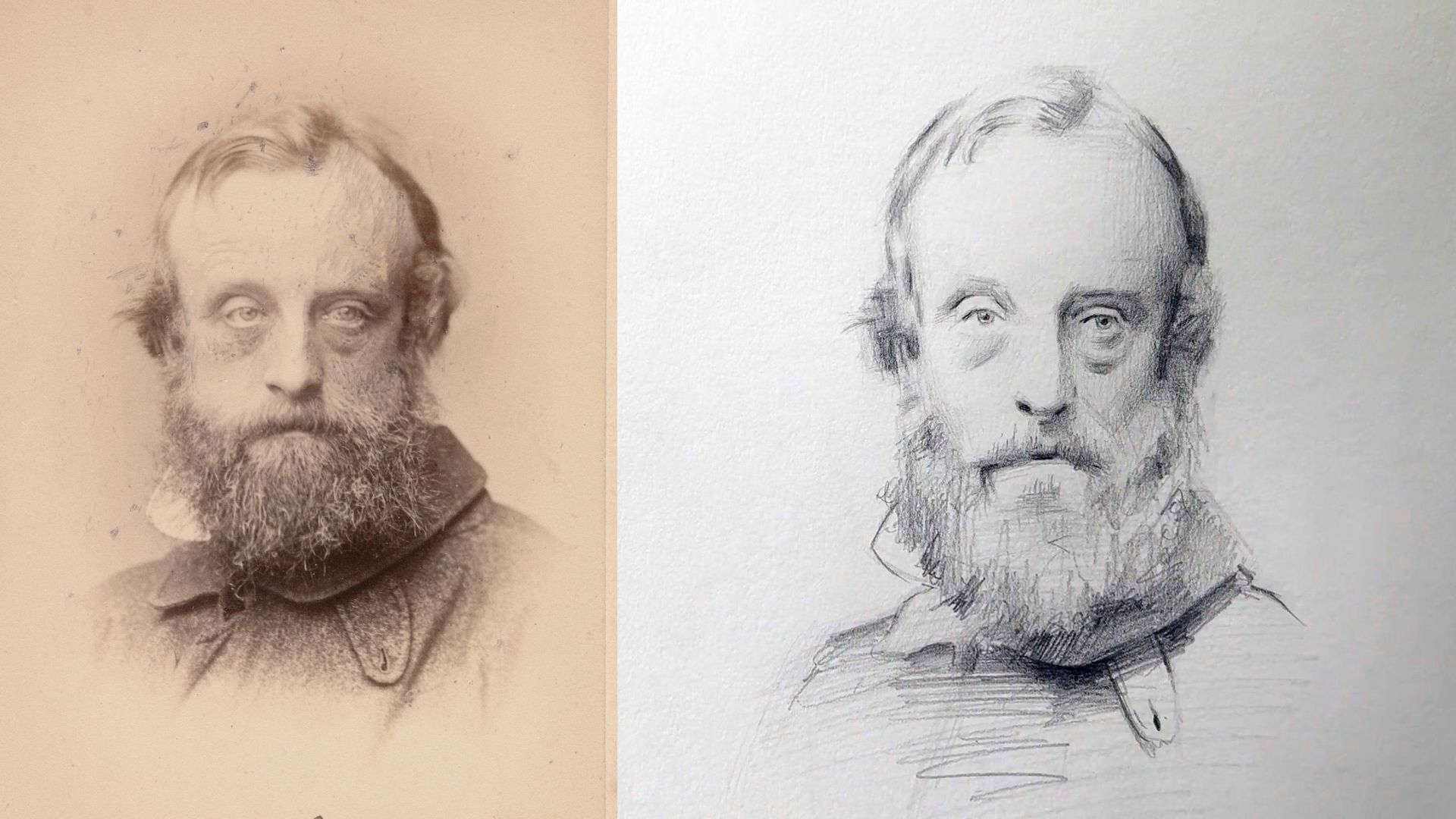
OCAD is part of the Cambridge Online Education Group - Company number 06594953
Registered UK Learning Provider 10033485
Cambridge Online Education Ltd

